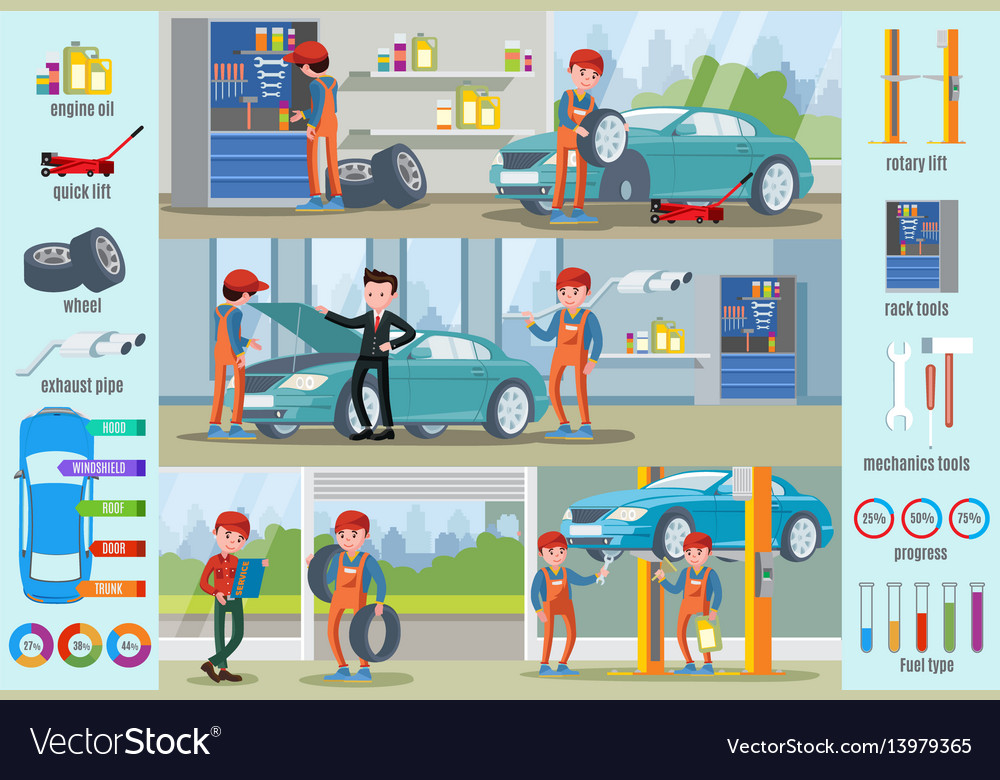Recognizing One Of The Most Frequent Dashboard Caution Lights And Their Significance
Recognizing One Of The Most Frequent Dashboard Caution Lights And Their Significance
Blog Article
Created By-Zachariassen Hurst
When you lag the wheel, those dashboard caution lights can be an actual enigma. But did you understand that understanding them can save you from potential automobile problems down the road? From the threatening check engine light to the subtle oil pressure caution and the ever-important battery light, each one acts as a crucial signal from your car. It's time to shed light on these typical dashboard warnings and outfit yourself with the knowledge to navigate the road in advance.
Understanding the Check Engine Light
When your dashboard brightens with the check engine light, it's important not to panic but to take prompt action. The check engine light works as a caution that your vehicle's onboard analysis system has actually found a potential concern with the engine, discharges, or other critical elements. Disregarding this light can bring about a lot more severe problems later on, so it's essential to resolve it without delay.
To understand the source of the issue causing the check engine light, you can make use of an OBD-II scanner to recover the particular difficulty codes kept in your automobile's computer system. These codes give important information that can assist pinpoint the underlying problem.
While some concerns creating the check engine light might be small, such as a loosened gas cap, others could suggest more considerable concerns that need expert interest.
Decoding the Oil Pressure Warning
Upon experiencing the oil stress warning light on your control panel, immediate interest is critical. This caution indicates that the oil pressure in your engine might be also low, which can result in severe engine damage if not resolved promptly. Reduced oil stress can be triggered by a selection of concerns such as a leak, a damaged oil pump, or low oil degrees. Ignoring this warning light can lead to costly repair work and even engine failing.
If you see the oil stress warning light begun, the initial step is to safely pull over to the side of the roadway and shut off your engine. read article using the dipstick and guarantee it goes to the advised degree.
If the oil level is low, top it up with the ideal oil for your automobile. If the oil level suffices, do not continue driving and seek help from a technician to identify and repair the problem immediately. Keep in mind, maintaining correct oil stress is important for the wellness and durability of your engine.
Analyzing the Battery Light
To decode the relevance of the battery light on your dashboard, you have to recognize its crucial duty in your automobile's electric system. When the battery light brightens while you're driving, it suggests that the electric system isn't obtaining adequate power from the battery.
This could be due to a failing battery, a malfunctioning generator, or issues with the billing system. Neglecting this warning light might bring about your lorry stalling or being incapable to begin.
If the battery light begins, it's advised to securely pull over and have your vehicle evaluated by an auto mechanic as soon as possible. They can do diagnostics to pinpoint the underlying concern and prevent a possible break down.
Conclusion
Now that you understand how to identify the most common caution lights on your control panel and what they indicate, you can resolve any kind of prospective problems promptly. Remember, the check engine light, oil pressure warning, and battery light are very important signs of your vehicle's wellness. Keep informed, stay risk-free, and maintain your vehicle running smoothly by focusing on these warning signs.
